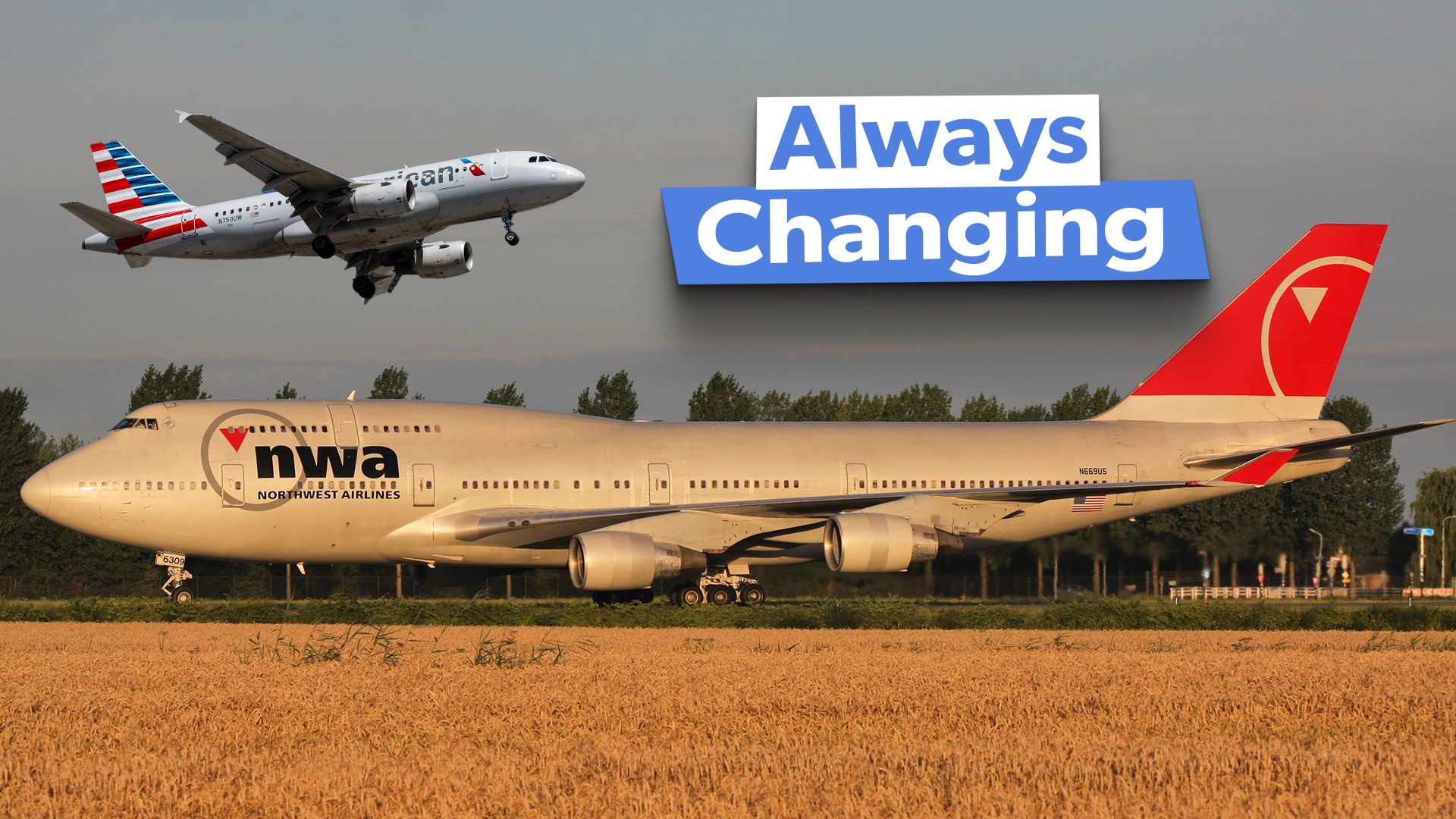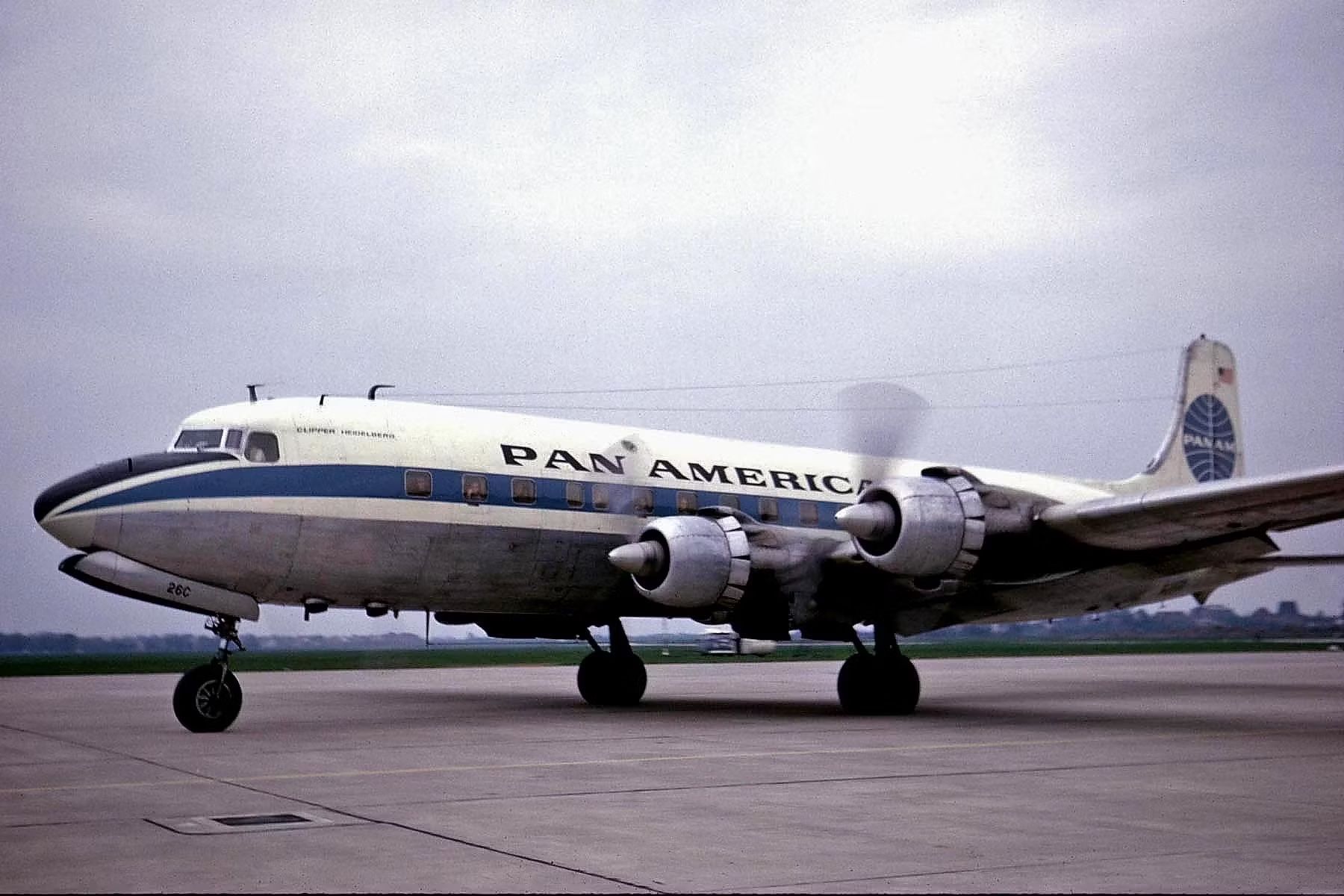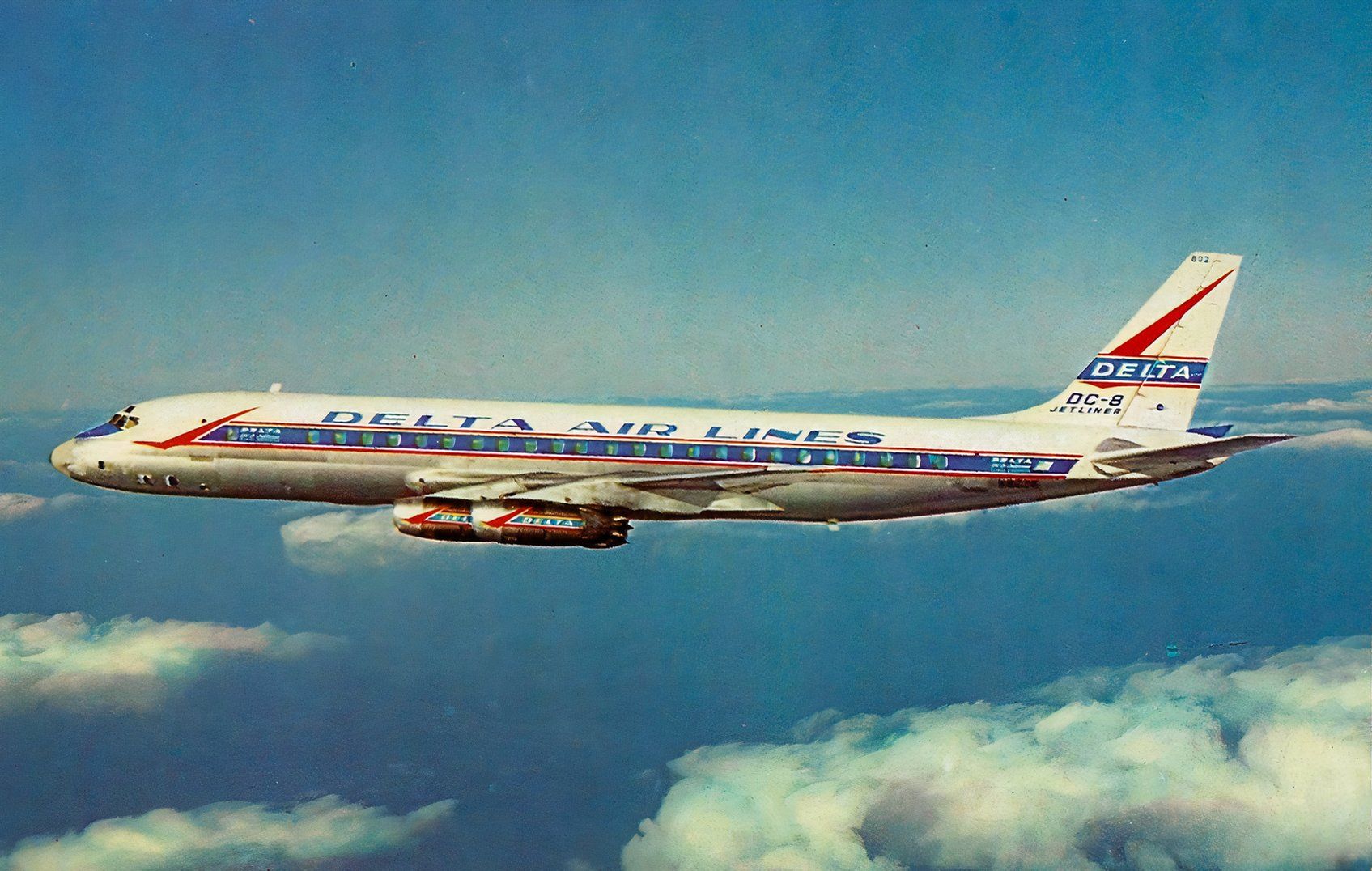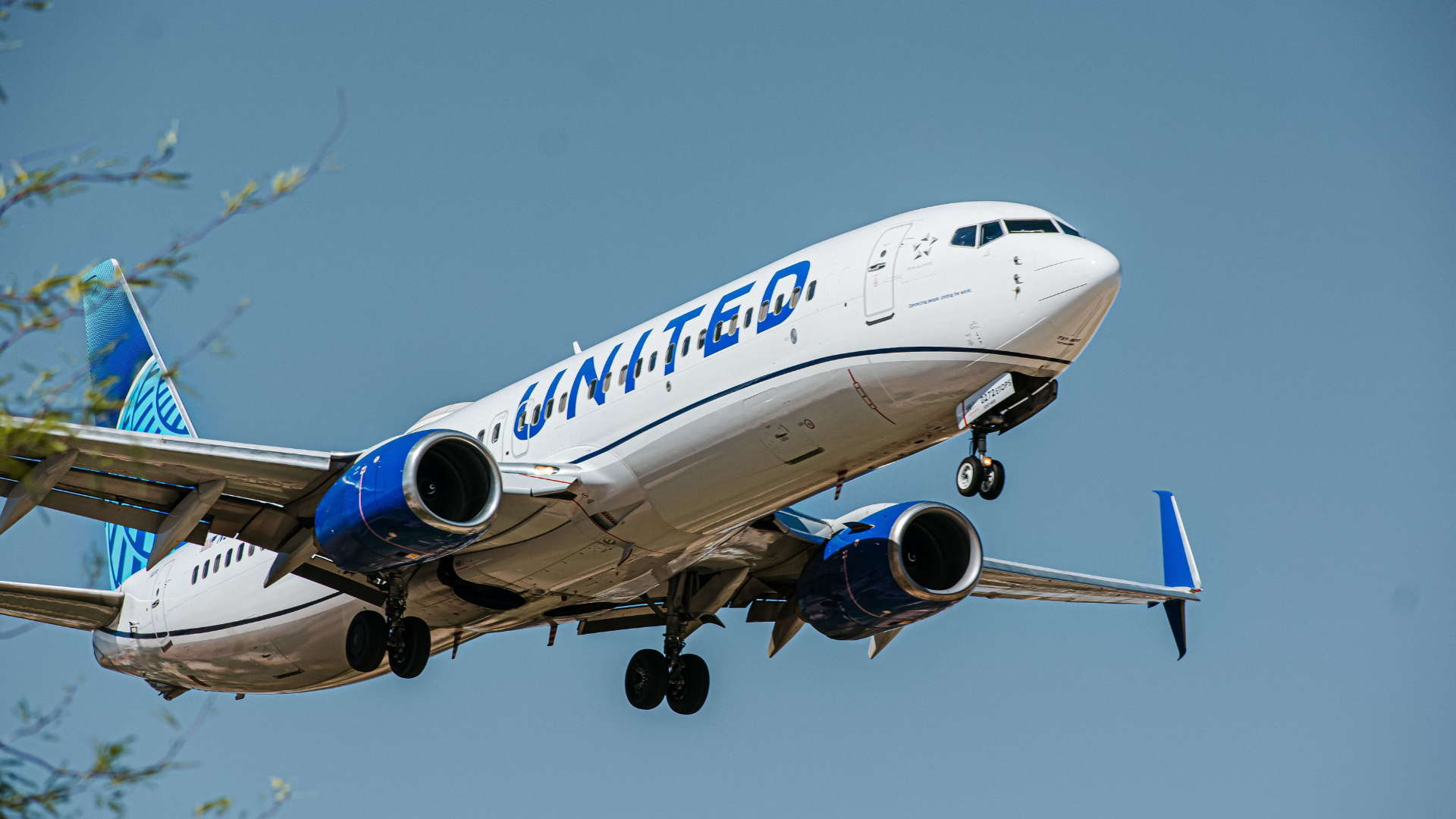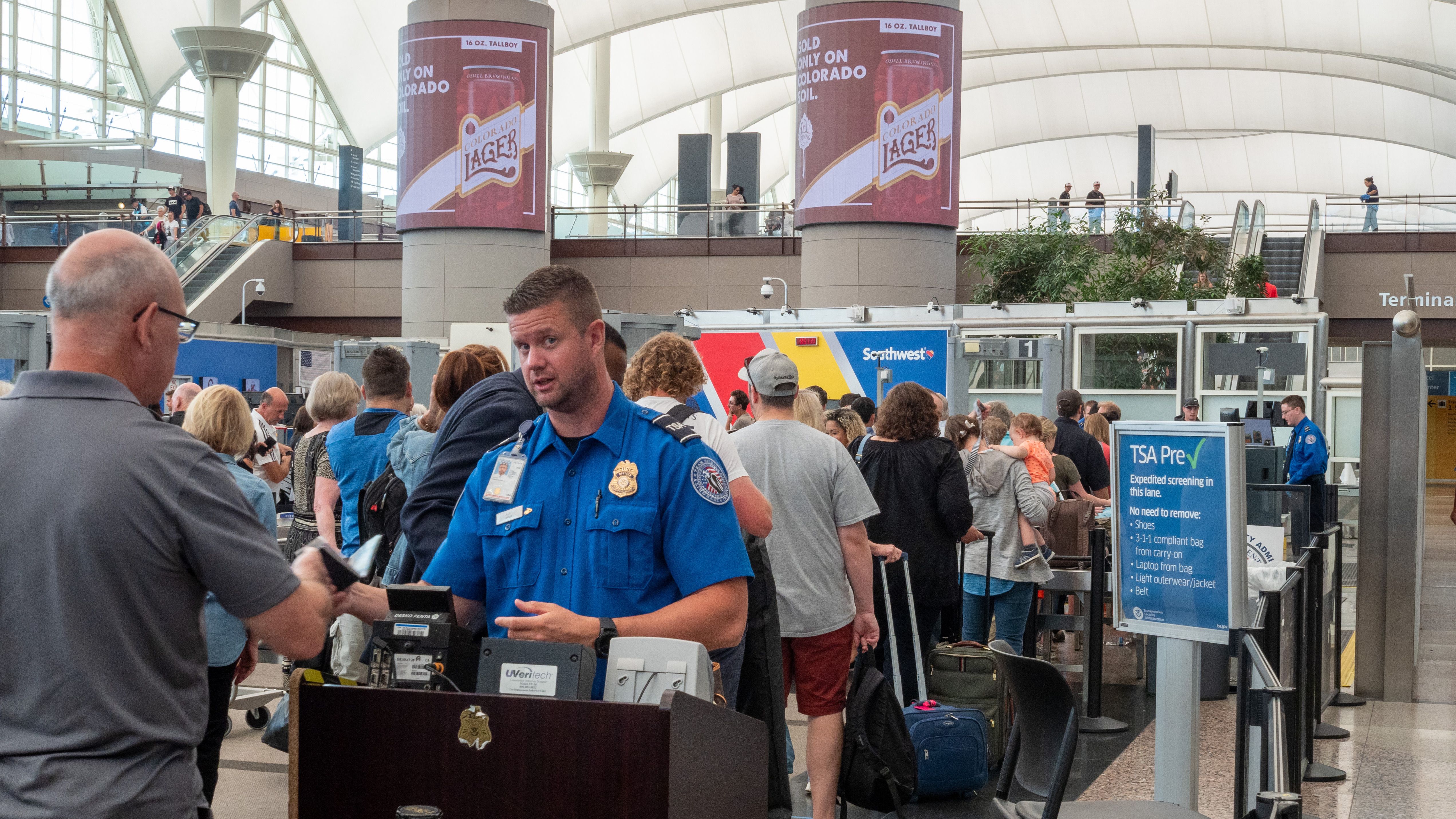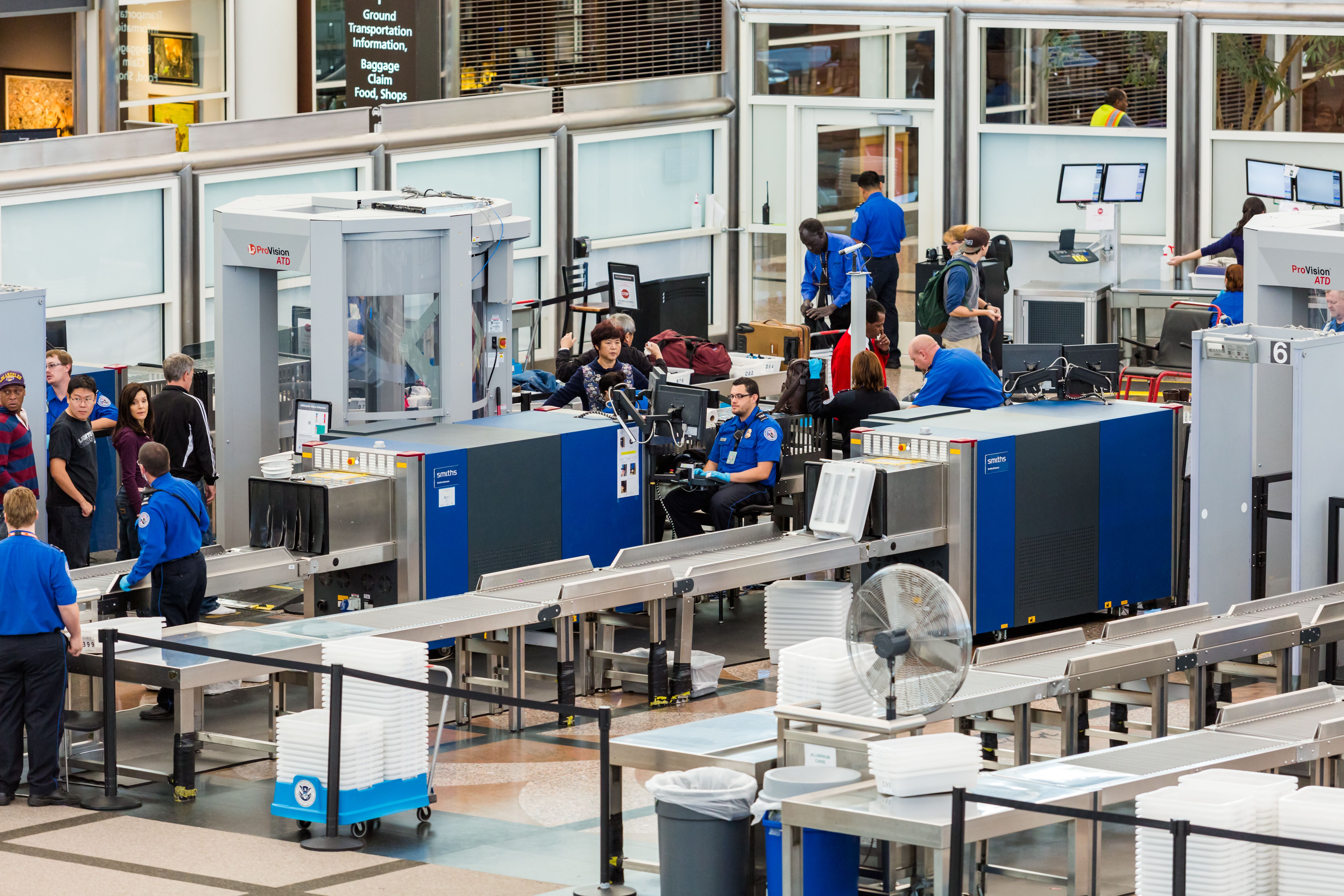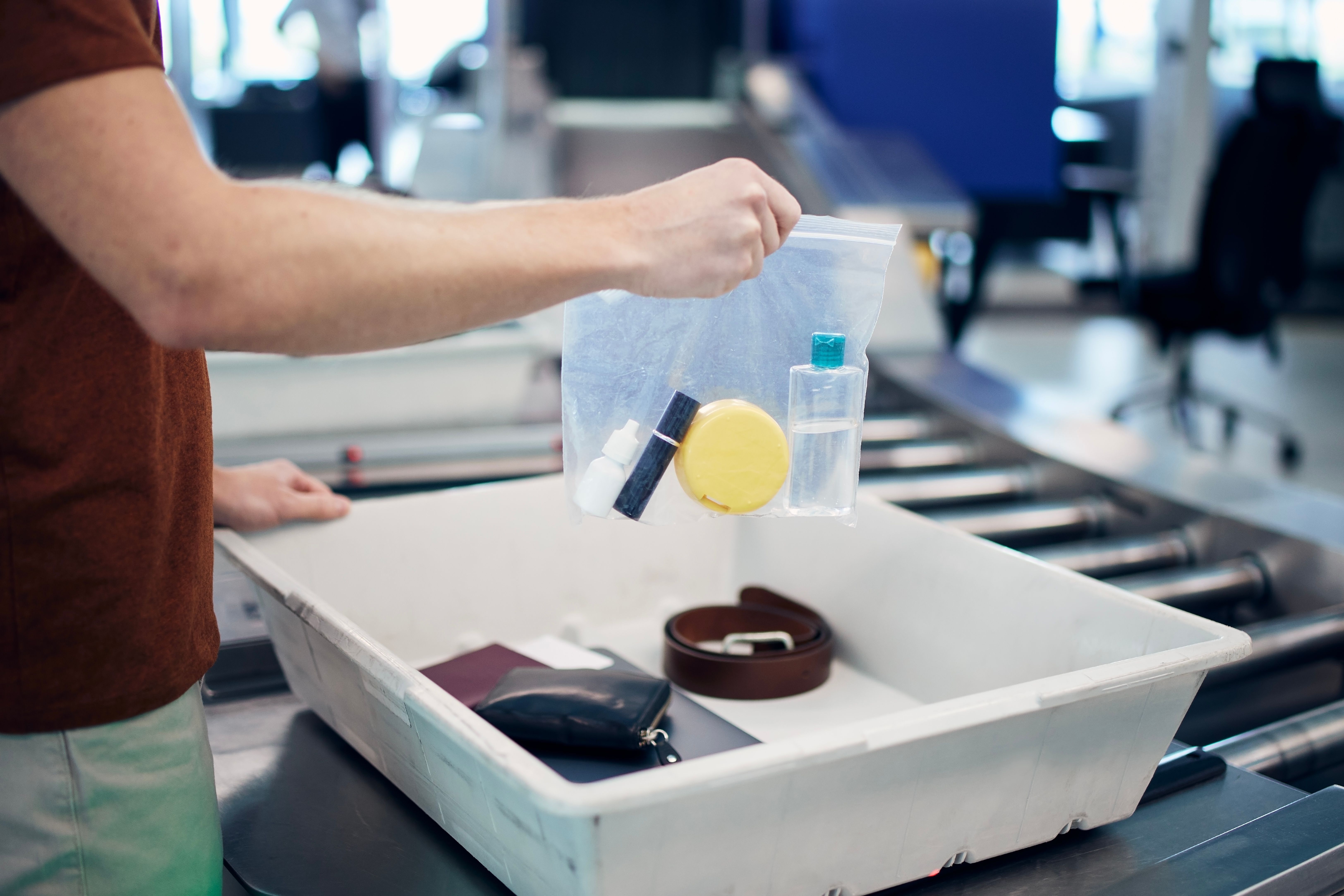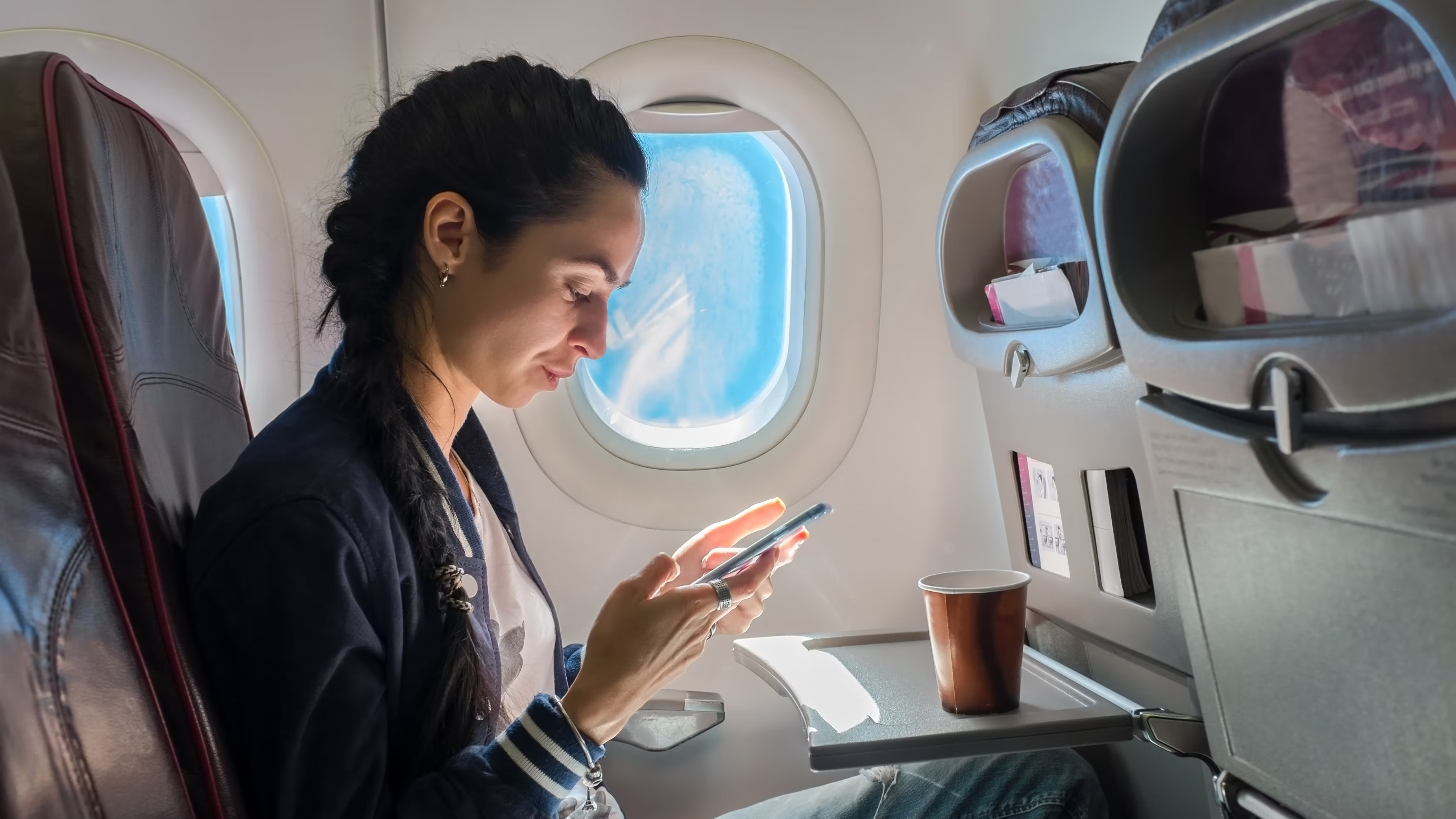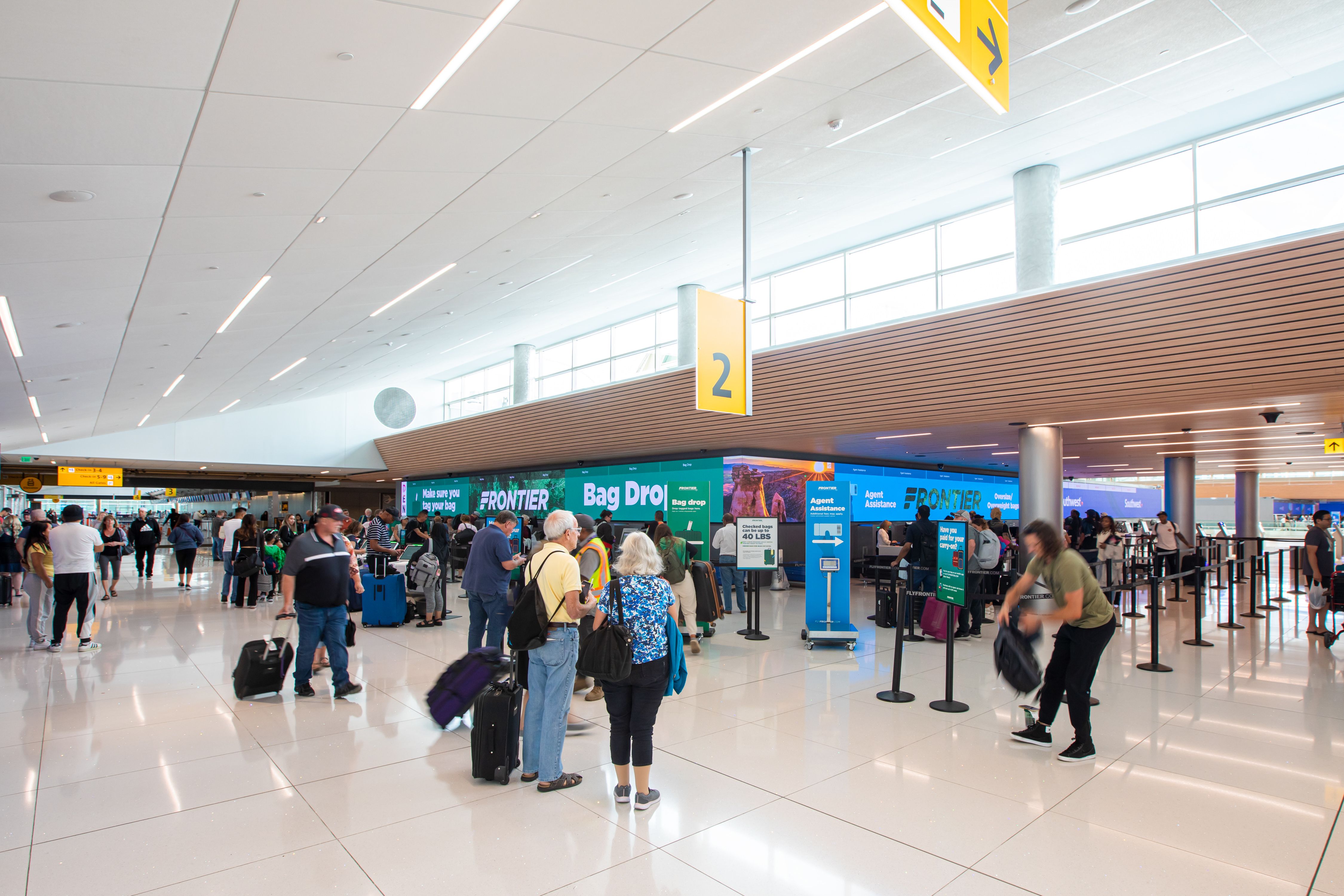Who would remember today’s bustling airports and advanced aircraft that came from humble beginnings with mail planes? Small, mail-carrying flights marked the modest beginning of the US commercial aviation business in the early 20th century, which gradually grew to passenger service.
The early days: From mail to passengers
In 1925, the Kelly Act allowed private airlines to contract with the US government for air mail delivery, laying the foundation for the first commercial airlines. Early pioneers like Boeing Air Transport and Varney Air Lines (which became part of United Airlines) started by carrying mail and gradually introduced passenger service.
More companies like Pan American Airways, Northwest Airlines, and Eastern Air Lines began offering passenger flights by the late 1920s, but these early services were only available to the wealthy.
The Jet Age: A new era of air travel
The Civil Aeronautics Act of 1938 was a significant milestone. The Civil Aeronautics Authority, which subsequently became the Federal Aviation Administration
(FAA), was established under this law to govern the sector. This organization set the US aviation industry’s fares and safety regulations. With the federal government controlling key aspects of the industry, airlines were protected from excessive competition, ensuring steady growth in both services and safety.
Commercial aviation was transformed when jet engines were introduced in the 1950s. Jet planes like the Boeing 707
and douglas dc-8
made long-haul flights faster, more comfortable, and accessible to a larger population. With airlines competing to provide customers with the most luxurious experience, the “Jet Age” marked the beginning of the golden era of air travel. Flying has become linked with luxury and refinement because of amenities such as in-flight food, roomy seats, and attentive service.
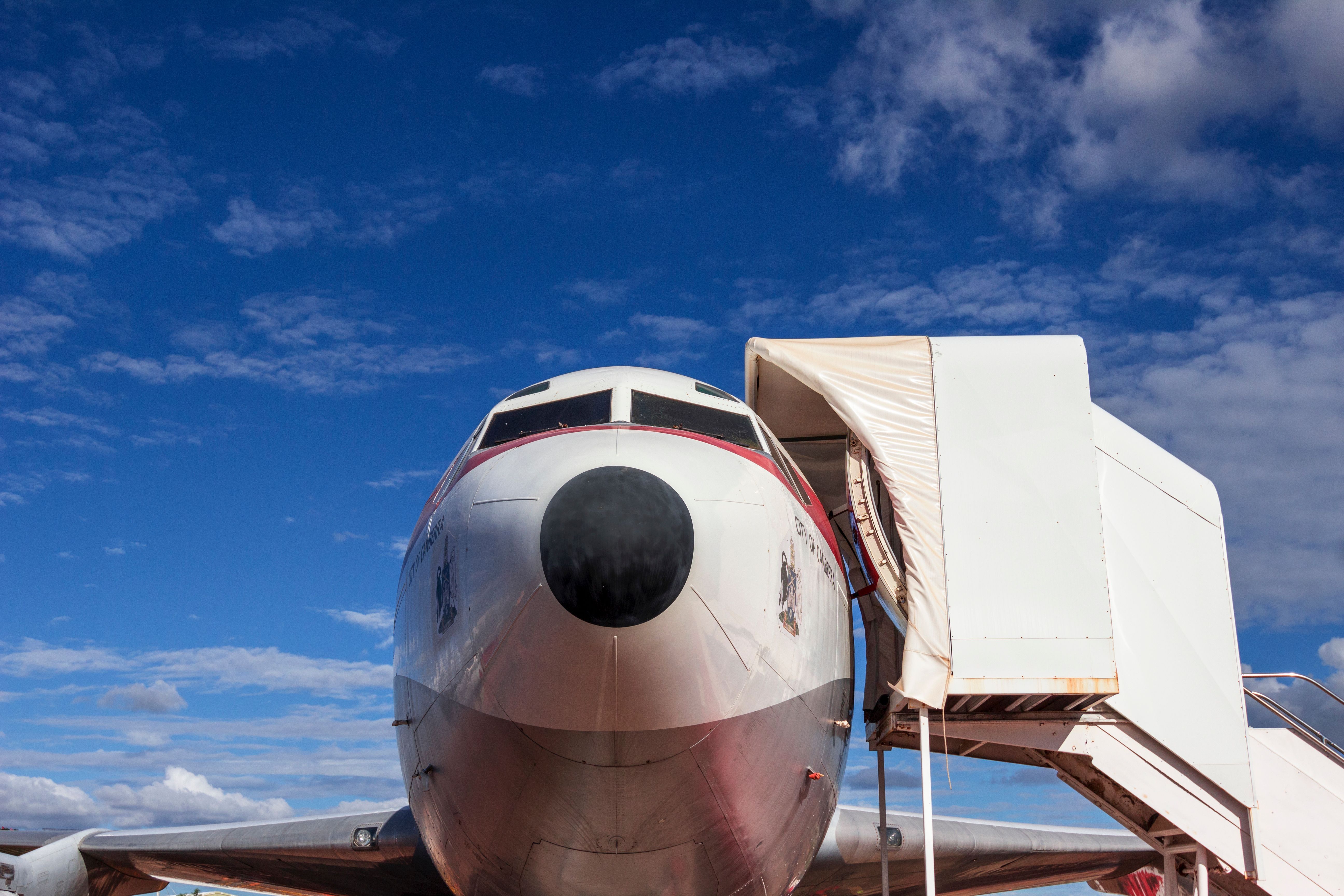
Related
The Story Of The Boeing 707: The Jet Age Aircraft Of Choice
Looking back at the early days of the legend.
Significant safety advancements were also made at this time due to advancements in radar and air traffic control systems. However, this era of luxury came at a cost. The regulated industry meant that competition was limited, and airlines often operated with inefficiencies that kept ticket prices high.
Deregulation and the democratization of air travel
The Airline Deregulation Act of 1978 marked a seismic shift in the industry. Signed into law by then-President Jimmy Carter, the act removed federal control over many aspects of the airline industry, including fare prices, routes, and market entry for new airlines. The intent was to increase competition, reduce airfares, and make flying more accessible to the public.
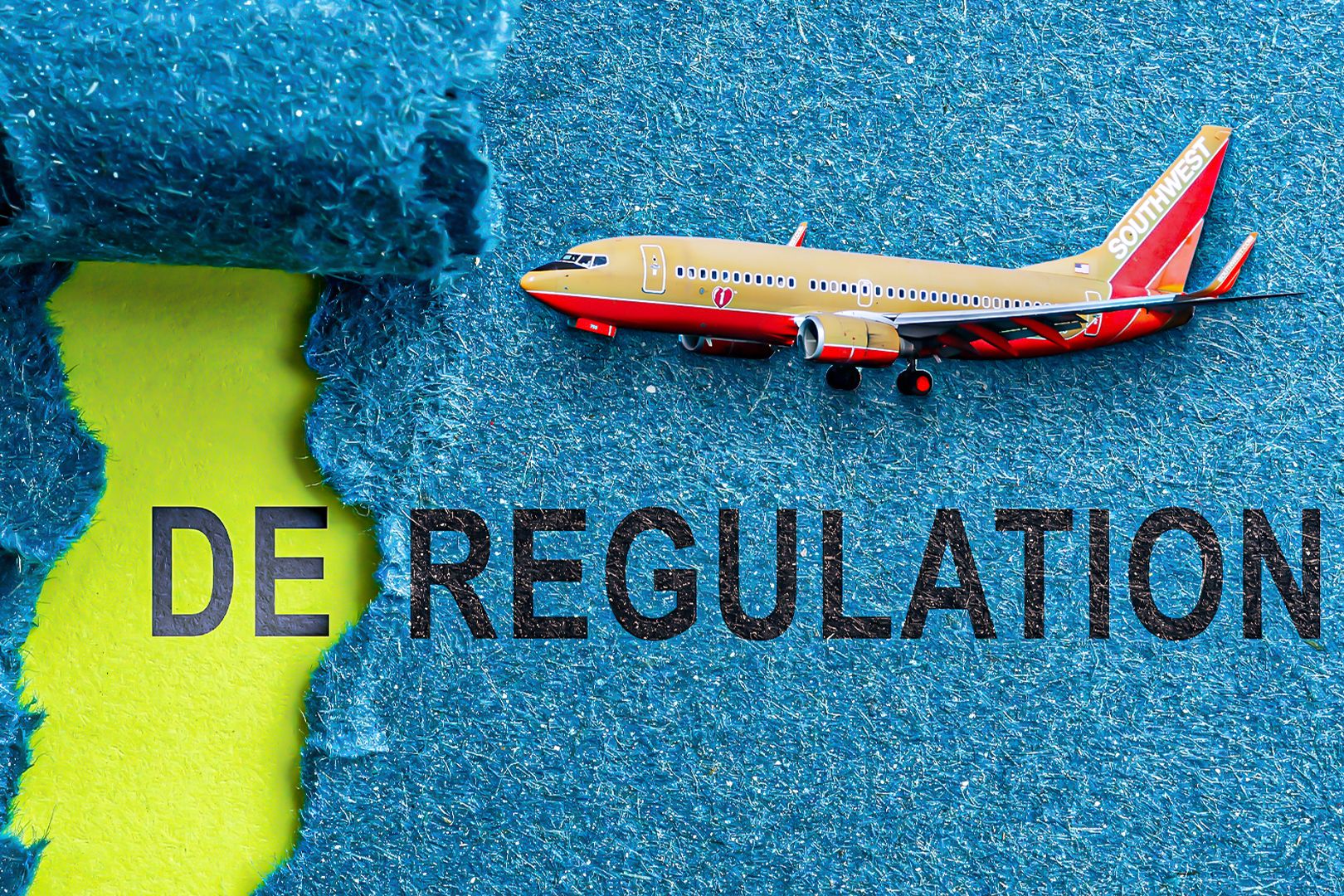
Related
History: How Did The Airline Deregulation Act Help Southwest Airlines To Grow?
Southwest Airlines is the third largest airline in the United States, with 819 aircraft.
Airfares immediately decreased due to the emergence of new airlines and the adjustments made by existing carriers to compete in the free market. Many legacy carriers struggled to adapt to the new environment and eventually left the business. Due to competitive pressures, major players like ![]() United Airlines
United Airlines
, ![]() American Airlines
American Airlines
, and ![]() Delta Air Lines
Delta Air Lines
became dominant powers in the industry through mergers and acquisitions.
Photo: Lukas Souza | Simple Flying
Low-cost airlines, such as  Southwest Airlines
Southwest Airlines
, benefited from deregulation, bringing new business models that valued efficiency and decreased operating costs. Its no-frills service, point-to-point routes, and lower fares challenged the traditional carriers and forced industry-wide changes.
The Impact of 9/11: Increased security measures
The terrorist attacks of September 11, 2001, had a profound impact on the industry. The terrorist attacks not only shook the nation but also led to profound changes in how air travel was managed and secured.
Photo: David Tran Photo | Shutterstock
For the first time, air travel became a national security concern. Some significant changes post-9/11 include:
-
Creation of TSA: Establishment of the
Transportation Security Administration(TSA) to oversee airport security and enforce federal security regulations.
- Enhanced security measures: implementation of stricter security protocols, including more thorough passenger screening, increased baggage checks, and the introduction of full-body scanners.
- Passenger identification: All passengers must present government-issued identification. How tickets are issued and checked was also changed.
Photo: Arina P Habich | Shutterstock
- Air marshal program: Expansion of the Federal Air Marshal Service to provide armed security on flights to deter potential hijackings.
- Flight restrictions: Certain items (such as liquids over a specific volume and sharp objects) are prohibited in carry-on luggage, and no-fly lists are introduced.
- Operational changes: Airlines implemented new cockpit security protocols, including reinforcing cockpit doors and limiting access to the cockpit. Airlines also enhance crisis management and emergency response strategies in the event of future attacks or emergencies.
Photo: Jaromir Chalabala | Shutterstock
The airline industry was forced to adapt to new realities: longer airport wait times, more invasive security screenings, and a focus on preventing terrorism rather than providing a luxurious travel experience.
The digital revolution
The rise of the internet allowed airlines to streamline booking processes, with online reservations becoming the norm. In-flight entertainment systems, WiFi, and more efficient planes have also enhanced the flying experience. Several airlines recently announced collaborations with providers, including SpaceX
’s Starlink
, to provide Free Wifi
onboard.
Photo: Andrey Yurlov | Shutterstock
In particular, aircraft technology has advanced remarkably. As airlines started embracing sustainability, fuel-efficient aircraft, such as the Airbus A350
and Boeing 787
, have enabled airlines to provide longer, nonstop trips at lower prices.
A New chapter amid the COVID-19 pandemic
The COVID-19 Pandemic
began in 2020 and presented an unprecedented challenge to the aviation industry. Travel restrictions, health concerns, and the economic downturn have dramatically decreased air travel demand.
Pandemic impacts and responses from airlines include:
- Dramatic decrease in air travel demand
- Grounding of large portions of airline fleets
- Staff reductions and seeking government assistance
- Implementation of new health and safety measures
- Touchless check-in options.
Photo: Denver International Airport
The US commercial aviation industry has evolved significantly over the decades, shaped by technological advances, economic forces, regulatory shifts, and global events. Looking ahead, the future of commercial aviation in the US will likely be influenced by advancements in sustainable aviation, the rise of electric planes, and ongoing efforts to balance safety, efficiency, and passenger experience. One thing is clear: the industry’s evolving ability will continue to be its greatest strength.

